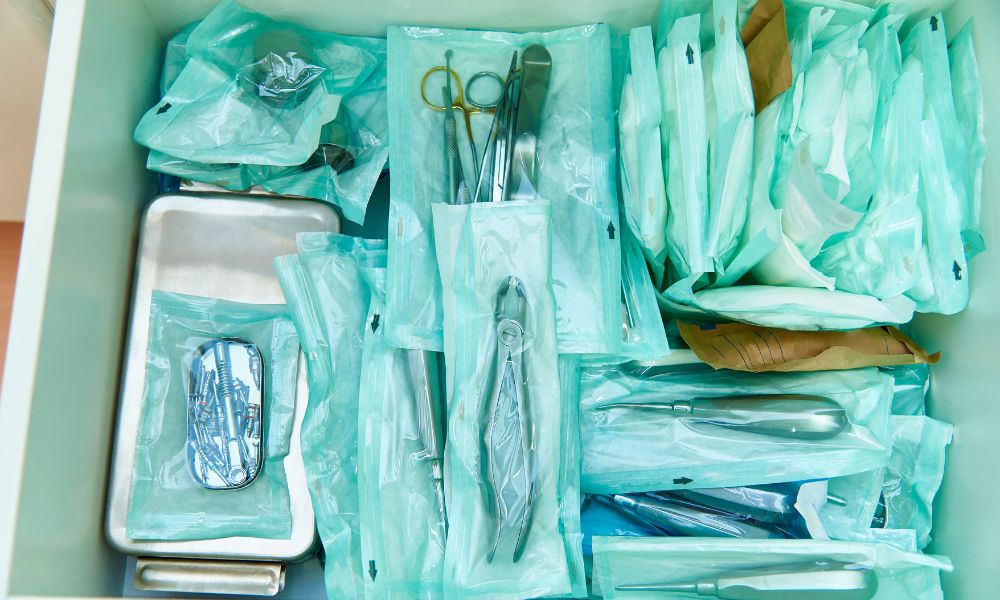Packaging plays a crucial role in the safety and performance of medical devices. It must protect the device from contamination, maintain the sterility of the contents, and ensure the product’s functionality. Therefore, rigorous testing of medical device packaging systems is not only a good practice; it’s a regulatory requirement to guarantee patient safety. Here are five indispensable methods for medical device packaging testing that help ensure the sterile efficacy of packaged items.
Peel and Push Testing
This method assesses the strength of the seals that keep the packaging intact. Manufacturers use peel testing to measure the force required to separate two surfaces, typically a sterile barrier seal. By simulating the patient or healthcare worker’s action in opening the device, peel testing ensures the interaction will not cause any damage or contamination of packaged items. Push tests, on the other hand, determine the resistance of the package to internal forces exerted by the device. These methods help quantify whether the packaging can withstand the intended usage.
Bubble Leak Testing
A bubble leak test can detect the presence of even the smallest leaks in medical packaging, which could potentially cause contamination and compromise sterility. The process involves submerging the sealed package in water and applying pressure. The release of bubbles indicates the presence of a leak. Manufacturers use this test to ensure seal integrity, preventing any ingress of bacteria or other pathogens, especially for more sensitive devices like implants or ophthalmic instruments.
Accelerated Aging Testing
Over time, packaging materials can deteriorate, affecting the physical properties of the sterile barrier. Accelerated aging simulates the effects of real-time conditions, such as temperature variations, and can help predict a material’s lifespan in a shorter time frame. For medical device packaging, this is critical, as the packaging must sustain its integrity over the validated shelf life of the product. This method helps identify potential weaknesses in materials as early as possible, ensuring the sterile barrier remains effective until the point of use.
Compression Testing
Another effective method for medical device packaging testing is compression testing. Medical devices sometimes face external pressure, be it from stacking in storage or transportation. Compression testing evaluates the impact of such pressure on the contents of the package. By subjecting packages to specific loads, testers can observe the effects on the package, including changes in shape or the integrity of seals. This test is particularly essential for devices like infusion pumps or defibrillators, helping manufacturers design packaging that can withstand these pressures without affecting the functionality of the device.
Seal Strength Testing
Seal strength is a measure of the mechanical force needed to rupture the package seal or the force required to peel it apart. This test is crucial in determining the reliability of packaging, especially in the case of sterile medical devices. Inadequate seal strength can lead to package failure, resulting in contaminated devices. This test ensures the bond is strong enough to maintain integrity but not so strong that users struggle to open the packaging.
The safety and efficacy of medical devices depend on the packaging that protects them after the sterilization process. Testing methods are essential to ensure packaging materials will perform as intended in clinical settings. Manufacturers must adhere to strict testing standards, such as ISO 11607 or AAMI ST-77, to provide regulators and end-users with confidence that products are safe and reliable. That is why HIGHPOWER offers in-depth testing to ensure sterile packaging for medical devices. Our experts use these methods to guarantee the best possible solutions for your sterilization wrap, sterilization pouch, or rigid container system.
